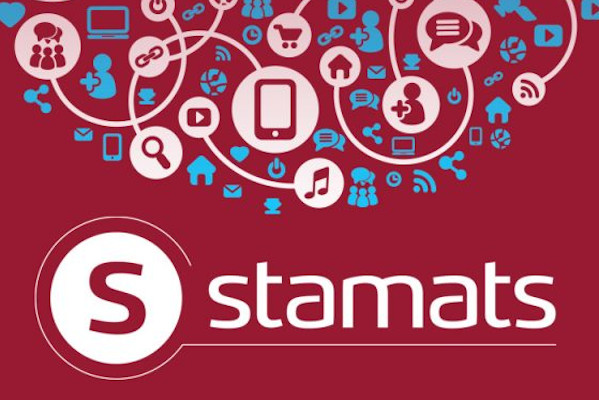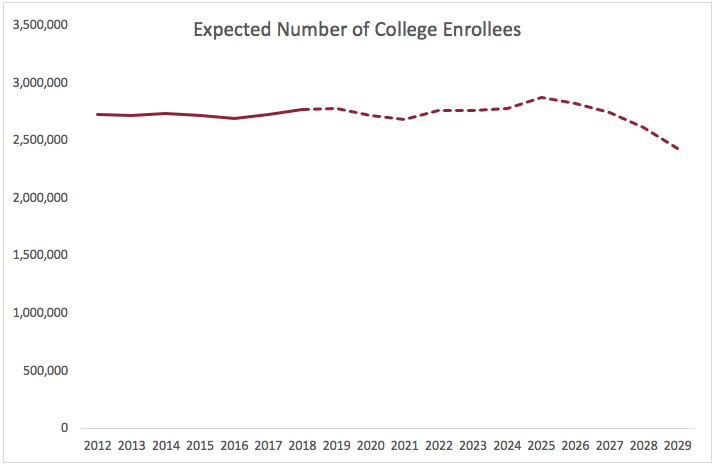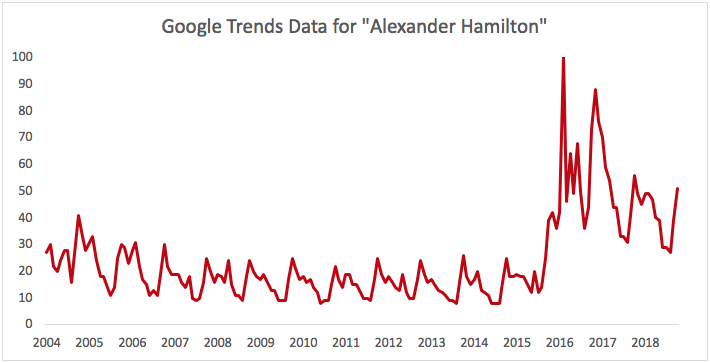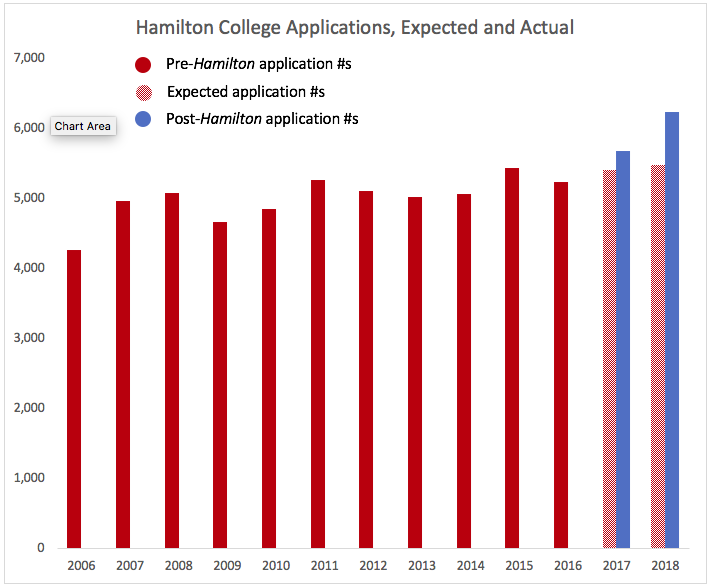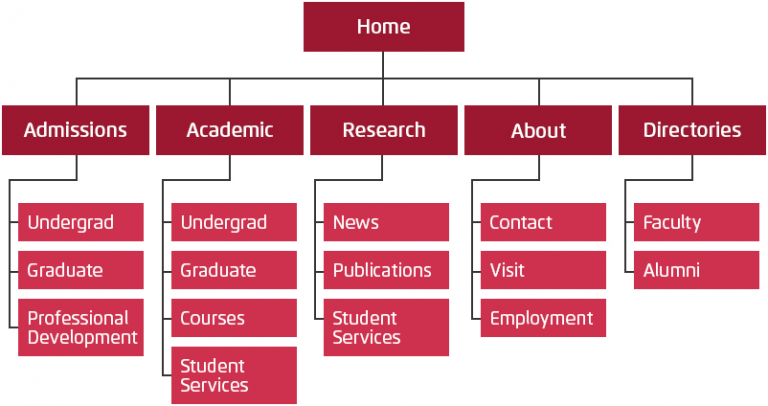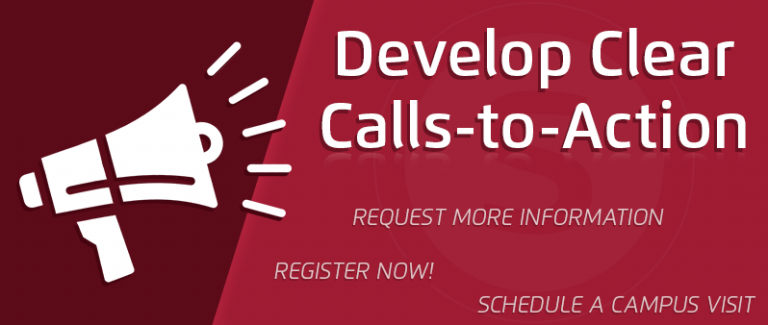Rather than wait until final enrollment numbers are reported in the fall, schools with strategic international recruitment plans should begin now to review and change the way they have recruited international students in the past.
This article will focus on how a refreshed communication plan can assist colleges and universities to better recruit international students for the upcoming academic year.
My suggestions are based on the following:
- There can be no effective communication plan without some application of big data and predictive analytics.
- There can be no effective communication plan without a side-by-side parent communication plan.
- There can be no effective communication plan without input from deans, student services personnel, and career service counselors.
- There can be no effective communication plan without real time analysis of each segment of the plan.
Big Data and Predictive Analytics
Most colleges and universities have a traditional communication plan, a funnel, which is more of a marketing tool, not a tool for understanding market behavior.
Data analytics has the ability to create evidence-based international communication strategies by providing college international admission deans and recruiters with speedy, actionable information. Predictive analytics has the ability to inform if and when a brand message is working. What was the application prompt? At what point in the application process did it occur? There is no need to guess or wait until the end of the recruitment year to find the answers to these questions. Big data can inform international recruiters and the communication staff of the needs and expectations of the applicant pool in each step of the choice process.
Parent Communication Plan
Few colleges and universities have a separate communication plan for parents from preapplication to postenrollment. The focus is on the applicant. I believe the entire family should be recruited (and re-recruited after acceptance.) For many applicants, their parents have the final say in where they enroll. Why not engage parents as one way of creating a meaningful differentiation from your competitors?
Communication from Deans, Student Services Staff, and Career Counselors
The admission staff works in a sales office. Once an application is received and an applicant has been accepted, their job is over. Heresy? I don’t think so. The team responsible for closing the deal, in my opinion, resides in the offices of the academic deans, progression and retention staff, student services staff, and career counselors. Frequent communication from these offices to both applicants and parents can have the effect of distinguishing your school from your competitors. More importantly, the information from these administrators can reinforce your brand and value proposition.
Analyze Each Part of the Communication Plan in Real Time
Strategic plans written now are only valuable if they are assessed frequently for effectiveness and, if necessary, for change. Real-time analysis allows for the realignment of staff and resources based on what your market is telling you now. But it is essential that the information be divided into chunks to make it actionable, not overwhelming.
Questions to Ask of Enrolled Students and Parents
- What made you apply, and when did you make the decision to apply? What was the trigger point?
- What made you accept the admission offer? What was the most important factor?
- What made you enroll, and when did you make the final decision? What was the most important factor in your decision?
Questions to Ask Applicants and Students Who Did Not Apply and Enroll
- Why and when did you decide not to apply?
- What was the most important factor in your decision to enroll in another school?
- Use the answers to these questions to create a data-driven communication plan.
Suggested Communication Plan
Because so much information about colleges and universities can be found online by prospective students, I am recommending a communication plan that focuses on outcomes, not features, and that begins with the end: successful admission, enrollment, progression, and graduation.
Pre-Application Stage
Applicants
- Send information about graduation statistics, job placement, and successful alumni.
Parents
- Send the same information as above.
- Send a letter from a current international parent.
Application Stage
Applicants
- Send information about student services for international students, organizations, clubs, and athletic opportunities.
- Send a letter from a current student.
Parents
- Send information about outreach services for international students, including counseling services and health services.
- Send a letter from an international alumni parent.
Accepted Applicants
Applicants
- Send a letter from faculty advisor.
- Provide a list of first-semester courses.
Parents
- Send a letter from the president, board chair, or academic dean.
- Send a four-year calendar.
Deposited Applicants
Applicants
- Send information about roommate selection, registration procedures, airport pick-up services, and orientation.
- Send information about academic convocation.
- Send information from a faculty advisor and student mentor.
Parents
- Send contact information for all appropriate offices.
- Send information about registration, tuition payment, and parent orientation.
- Send information about academic convocation.
Conclusion
Flexibility will be the currency for future international communication plans, allowing strategic international planners to implement the changes necessary to engage and manage expectations of future applicants and their families.
Ready to Get Started?
Reach out to us to talk about your strategy and goals.

